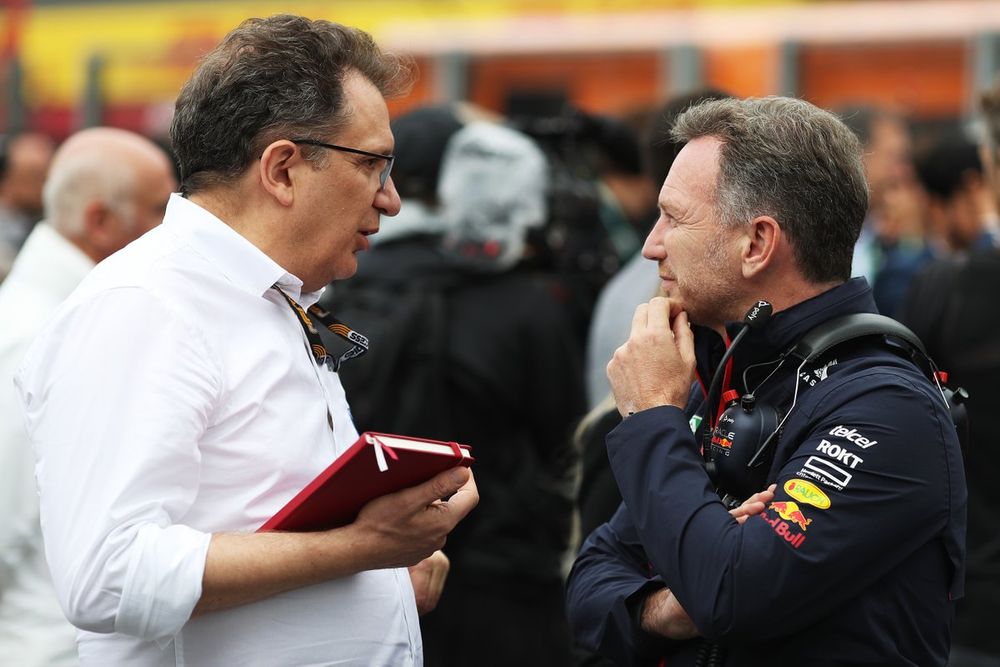F1 has committed itself in the next rules cycle from 2026 to turbo hybrid power units that will run on fully sustainable fuel.
One of the big changes from now, though, will be an increased reliance on battery power, with there being a rough 50/50 split between electrical and internal combustion engine power.
F1 is well aware that it needs to be at the forefront of battery technology development to keep the interest of road car makers, who are shifting towards fully electrical cars.
However, longer term, grand prix racing could also make the switch to hydrogen power if it proves suitable for racing – with F1 and the FIA having recently joined Extreme E’s sister series Extreme H in forming a working group to evaluate the technology.
The future of F1 power units is not certain right now, but the FIA’s head of single-seater matters Nikolas Tombazis says what is critical is having rules that offer value to manufacturers.
“The step for 2026 is defined, but what we do in the next step afterwards is still up for discussion,” Tombazis told selected media including Motorsport.com.
“There are a lot of options still on the table; whether it is more sustainable efuels, whether it is hydrogen – in which we have quite a lot of work happening in the FIA – or whether it is more electrical.
“But we always want to remain relevant to what the OEMs that are participating want to do. We cannot go in a completely random direction that is not related to the road car.
“We need to remain road relevant, that is the key objective, and I think anyone who walks around the paddock can see there is a huge amount of challenge to tackle.”
Photo by: Red Bull Content Pool
Red Bull Racing Team Principal Christian Horner talks with Nikolas Tombazis, FIA Single Seater Director
F1 has its sights set on a net carbon zero emissions target for 2030, with the new turbo hybrid power units a core element of that.
However, with the emissions of the race cars being only a small percentage of F1’s overall carbon footprint, the FIA knows that there is a lot of effort that needs to take place outside the technical regulations to improve things.
“The element of the cars themselves, as a proportion of the overall carbon footprint, is very low,” added Tombazis. “I think it is less than 2% overall.
“So it’s obvious that our overall responsibility for the sport needs to tackle also the other 98%, and that has to be…
Click Here to Read the Full Original Article at Motorsport.com – Formula 1 – Stories…

